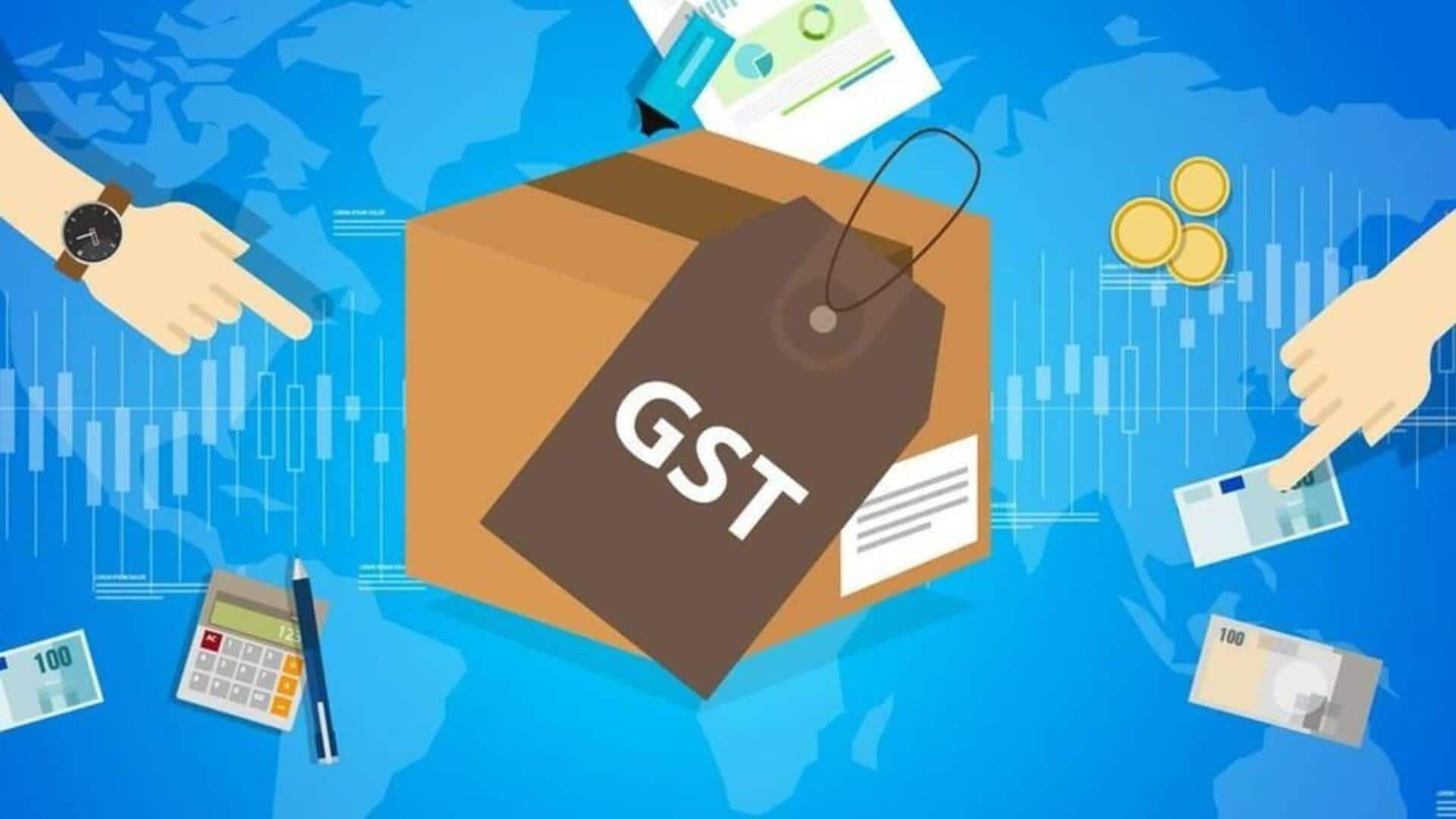
GST 2.0: What gets cheaper, what gets expensive from today
What's the story
Prime Minister Narendra Modi's promise of a "great gift" this Diwali has come true with the launch of GST 2.0. The revamped Goods and Services Tax (GST) system, which comes into effect starting today, simplifies the tax structure by reducing slabs from four to two. The move is expected to make daily-use items cheaper, boost consumption, and bring in ₹2 lakh crore into the economy.
Tax details
New GST regime replaces 4 slabs with 2
The new GST regime, announced by Finance Minister Nirmala Sitharaman on September 3, replaces the existing four slabs of 5%, 12%, 18% and 28% with just two: 5% and 18%. Luxury and sin goods will attract an even higher levy of up to 40%. The change is expected to make a range of products cheaper for consumers while also boosting consumption.
Benefits
Essential commodities to become cheaper under new tax structure
Under the new GST 2.0 regime, a range of daily-use items will become cheaper. These include milk products, staple foods, dry fruits and nuts, sugar and confectionery items. The healthcare sector also stands to gain from this reform with life-saving drugs and health-related products witnessing rate cuts. Educational services and items such as books have also been included in the list of beneficiaries under the new tax structure.
Sectoral impact
Auto sector to benefit from new GST regime
The consumer goods sector, especially electronics, textiles, and personal care products like hair oil and shampoo, will see a reduction in GST rates under the new regime. The auto sector also stands to gain with small cars (engines up to 1,200c) and motorcycles (engines up to 350cc) now attracting an 18% tax instead of the previous 28%. For premium and luxury cars, a uniform 40% slab has been introduced, effectively replacing the steep compensation cess currently imposed.
Sectoral benefits
Insurance and hospitality sectors also stand to gain
The insurance sector also stands to benefit from the new GST regime with individual life and health policies attracting no tax. The hospitality industry has also welcomed the reform with GST rate reduced from 12% with input tax credit (ITC) to 5% without ITC. Hotel rooms priced up to ₹7,500 will now be taxed at 5%, bringing relief to travelers. Similarly, economy class air tickets attract a GST of 5%, keeping air travel costs stable.
Economic boost
These items and services have become costlier
Pan masala, gutkha, cigarettes, chewing tobacco, zarda, unmanufactured tobacco, and bidis will face steep 40% GST, with valuation now tied to retail sale price for stricter compliance. Goods with added sugar, sweeteners, or flavours, including aerated waters, move to a 40% slab, while coal shifts sharply from 5% to 18%, hitting coal-based industries. Large bikes above 350cc, casinos, gambling, lotteries, race clubs, and even IPL tickets are also taxed at 40%, making them significantly costlier.